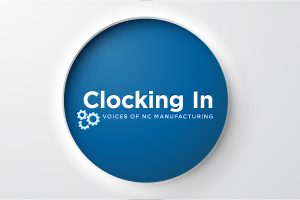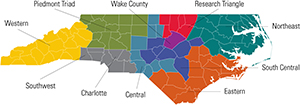Last night I had dinner at a favorite, local Mexican restaurant. It’s a bit of a dive and quite small, but the food is amazing. A wall-mounted television was set on a soccer game while music with a distinctly Latin feel spilled out of two JBL speakers strategically positioned on the bar. At the table to my right were two middle-aged men, close enough that I couldn’t help hearing their conversation.
“There’s really no choice, but I don’t think health insurance is gonna cover it. And they say I’ll be out of work for 4-6 weeks, depending on how the physical therapy goes.”
I dipped a chip in salsa that had just the perfect balance of cilantro and heat and absorbed the realization that people everywhere, even in quaint Mexican restaurants are carrying heavy burdens. Health concerns. Financial worry. Relationship trouble. It’s everywhere. America, we’re struggling.
It’s not hard to find data that supports this. In a 2020 American Psychological Association survey, 49% of respondents indicated that in the previous year, “increased stress” had negatively affected their behavior and 20% admitted that stress had caused them to “snap” out of anger. Additionally, reports from multiple sources point to an unprecedented number of young, working-aged adults dealing with anxiety and depression.
Perhaps this is a call to action for safety professionals. Maybe it’s time to incorporate mental health awareness into workplace safety programs. If that makes you a bit nervous you are not alone, this certainly feels totally outside my comfort zone. I have more than 30 years of experience protecting the physical health of workers and ensuring they have what they need to prevent physical harm or injury. HazCom labels, safety data sheets and training? Check. Fall prevention and protection? Absolutely! Fire and emergency response? You betcha! Mental health? Um. Not so much.
Mental health is a personal, private and sensitive topic. But it’s also potentially hazardous. The impact stress and other mental health challenges have on a worker can affect both their safety as well as the safety of their coworkers. Safety professionals need to work with their Human Resources department to explore ways mental health awareness can be addressed as a safety training topic alongside machine guarding, lockout/tagout, and fall prevention. And if the thought of that feels stressful, remind yourself of this – to help people understand chemical safety you don’t have to be a chemist, and teaching folks how to operate a portable fire extinguisher doesn’t require you to be a trained firefighter. Likewise, you don’t have to be a mental health professional to help workers recognize how their safety can be impacted by stress and other mental health challenges. And, for the record, you don’t have to be a medical practitioner to recognize that too much Mexican food comes with its own safety and health implications.



